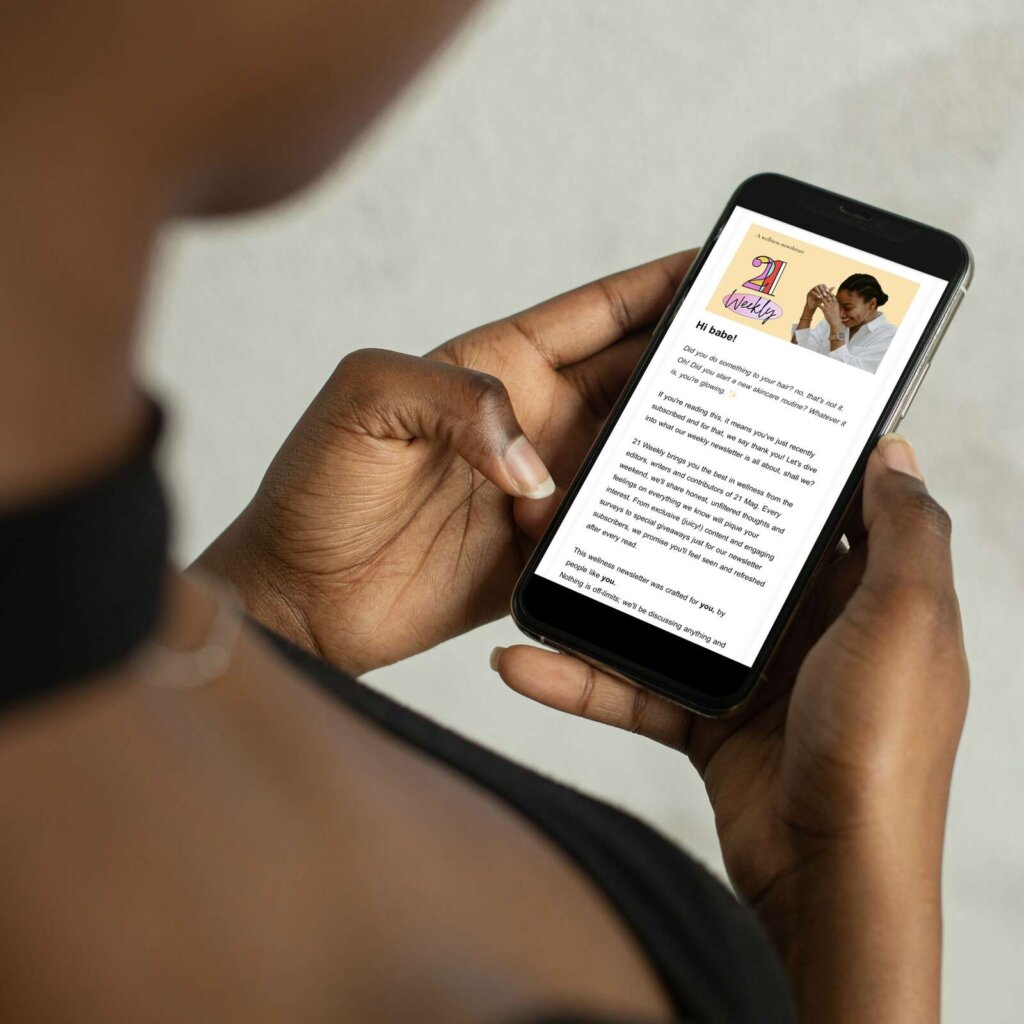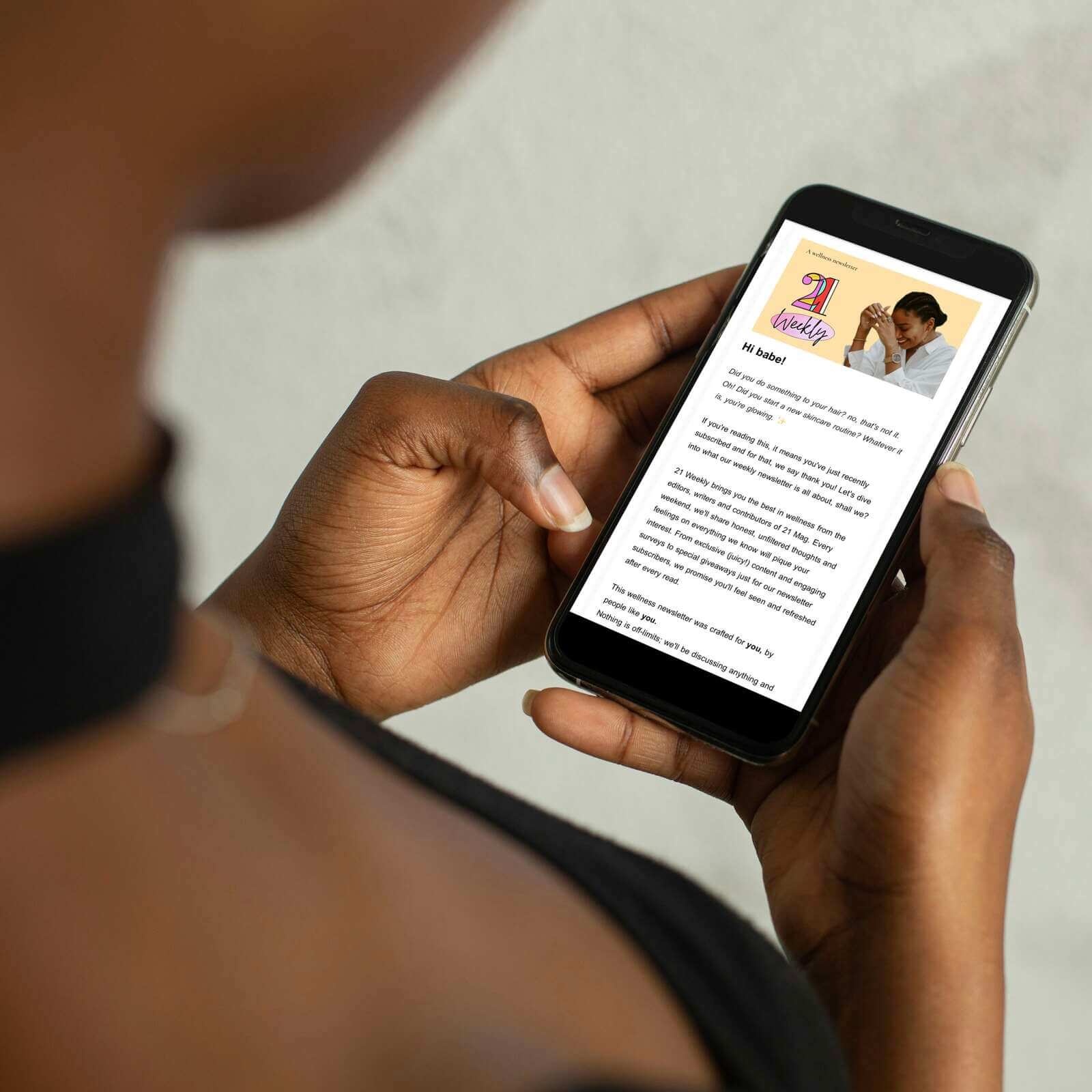
The conversation around consent is clouded with myths and dangerous assumptions. This article explores what consent is—and what it will never be.
Scroll through social media on any given day, and you’ll find it: A story breaks, a rapist is outed, comments are made, and suddenly, the very definition of consent is up for grabs. In these spaces, the lines on consent are often redrawn with a disturbing logic that endangers and silences. “But what was she wearing?” “Why did she go to his house at night?” “They were dating, so what’s the issue?”
These questions reveal a profound and dangerous misunderstanding of a concept that should be simple. Consent is not a grey area. It’s not a puzzle to be solved after the fact. It is the bedrock of every healthy and ethical interaction.
So, let’s put the myths to bed and be unequivocally clear on what consent is. For ourselves, for our friends, for our partners, and for a future where “no” is enough and “yes” is freely and joyfully given. This is your guide to what consent truly is.
The Five Pillars of Real Consent
Think of consent not as a single moment, but as a continuous conversation built on a foundation of respect. To be real, consent must be F.R.I.E.S.: Freely Given, Reversible, Informed, Enthusiastic, and Specific.
1. Freely Given: This is the absolute, non-negotiable starting point. Consent must be given without any external or internal pressure. This means no manipulation, no guilt-tripping (“You’ll do it if you love me”), no threats, and no taking advantage of someone who is intoxicated, asleep, or otherwise incapacitated. If you have to convince someone, you don’t have their consent.
2. Reversible: A “yes” is not a binding contract for the future. Anyone can change their mind at any point, for any reason, and that “no” must be respected immediately. It doesn’t matter if you’ve already started, if you’ve done it before, or if you said yes five minutes ago. The moment someone is no longer comfortable, the activity must stop. No questions asked.
3. Informed: You can only consent to something if you know what you are agreeing to. This means honesty and transparency are crucial. For example, agreeing to protected sex is not consent for unprotected sex ((a practice known as “stealthing,” for example). Lying or intentionally omitting key information to get a “yes” negates consent entirely because the person couldn’t make a fully informed decision.
4. Enthusiastic: This is where so many get it wrong. The absence of a “no” is not a “yes.” Silence is not a “yes.” Hesitation is not a “yes.” A reluctant, half-hearted “I guess so” is not a “yes.” True consent is an active, eager, and willing “Hell yes!” It’s about looking for the presence of enthusiastic agreement, not just the absence of a fight. If you have to read between the lines, you need to stop and ask for a clear, verbal confirmation.
5. Specific: Saying yes to one thing does not open the door to everything else. A “yes” to a drink is not a “yes” to going home with you. A “yes” to a kiss is not a “yes” to taking clothes off. A “yes” to one sexual act is not a “yes” to another. Consent must be sought and given for each step of an interaction.
The Unspoken Question: The Power to Say “No”
Beyond these five pillars lies a deeper, more crucial question that often gets ignored: Did the person have the genuine ability to say “no” without facing negative repercussions?
Consent is meaningless in the face of a significant power imbalance. Think of a boss and their employee, a landlord and their tenant, a wealthy individual and someone financially dependent on them. In these “master-servant” dynamics, a “yes” might be given out of fear—fear of losing a job, a home, or financial support.
True consent requires a safe environment where “no” is a perfectly acceptable answer that carries no punishment. If someone feels they can’t say no, then their “yes” is not freely given. It is coercion.
What Consent Is NOT:
Given the persistent and harmful myths circulating online, let’s make this crystal clear. The following actions are not, have never been, and will never be, signals of consent.
- Visiting your house is not consent. A person’s presence in your physical space is not an invitation for sexual access.
- Sleeping over is not consent. Sharing a bed or a room for the night implies a desire for sleep or platonic company, not sex.
- Flirting with you is not consent. Enjoying a flirtatious conversation is not a promise of physical intimacy.
- Dressing “sexy” is not consent. A woman’s clothing is an expression of her style, not an advertisement for your consumption. Her body is not public property.
- Being a sex worker is not consent. Sex workers have the right to consent to specific acts, with specific clients, at specific times. Their profession does not mean their bodies are available 24/7.
- Dating you is not consent. A relationship status is not a blank cheque for sexual access. Every single time requires a fresh, enthusiastic yes.
- Being married to you is not consent. Marital rape is real and and it is sexual assault. A marriage certificate does not sign away a person’s bodily autonomy.
- Having had sex with you in the past is not consent. What happened last night, last week, or last year has zero bearing on what someone wants right now. The only thing that matters is what is wanted in this present moment.
- Signing a sex consent contract is not consent. Consent is an ongoing, in-the-moment process, not a one-time signature on a piece of paper. It must be reversible at any time, for any reason, which a pre-signed document attempts to invalidate. A contract cannot guarantee that consent is enthusiastic or freely given in the actual moment.
Understanding and practicing consent is not about “ruining the mood” or navigating a legal checklist. When we hammer on consent, its to shift from a culture of assumption, where one person’s desires are presumed, to a culture of communication, where both parties are actively and enthusiastically participating. Ultimately, consent makes intimacy better for everyone. It ensures that both people feel safe, respected, desired, and present in the moment. It replaces anxiety and obligation with connection and mutual pleasure. Consent is clear, it is mandatory, and it is the absolute minimum we owe each other. Let’s start acting like it.







